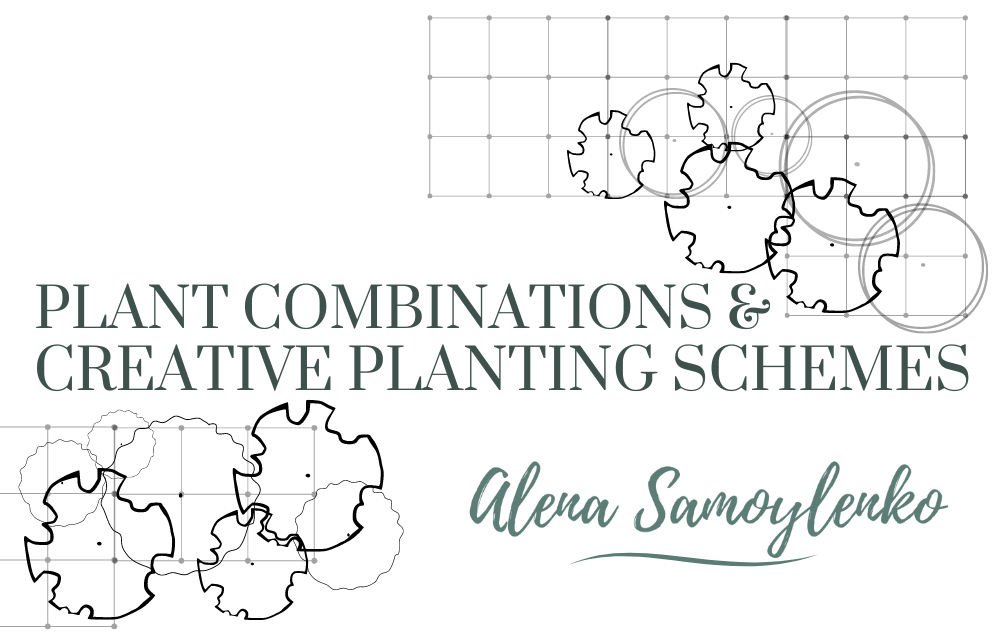Botanical name: Helleborus. Common name: Hellebore, Lenten rose, Christmas rose.
USDA Zones 3-9
Hellebores are undoubtedly cherished for their captivating blooms, but their role in the garden goes well beyond just flowering. With their large architectural leaves, these plants offer year-round elegance and structural interest. What’s more, their remarkable ability to thrive in partial shade and dry conditions under large trees makes them incredibly versatile and invaluable for gardeners grappling with challenging spaces.

Moreover, hellebores boast an added advantage: they’re not on the deer’s menu! This unique trait opens up a world of possibilities for incorporating hellebores into woodland landscapes where other plants may struggle to thrive.
Creating Harmonious Compositions:
To truly highlight the enchanting allure of hellebores, thoughtful companion planting is essential. By carefully selecting shade-tolerant plants that complement the graceful presence of hellebores, we can craft enchanting forest compositions that thrive even in the most challenging conditions.
Helleborus + Bright-Colored Shade-Tolerant Grasses: Hellebores make a striking contrast when paired with bright-colored, shade-tolerant grasses. For areas with dappled shade, consider incorporating Hakonechloa or Carex morrowii, such as the ‘Vanilla Ice’ variety. Hakonechloa offers a lighter, airier feel, while Carex morrowii provides evergreen interest. Choose based on your desired aesthetic and garden needs.
Hellebores are most visually appealing when planted in groups. To achieve the most visually appealing effect, it’s recommended to space the plants in drifts approximately 45-50cm (1.5ft) apart, although this may vary slightly depending on the specific species or variety.




Helleborus + Euphorbia characias ssp. wulfenii: In sunnier spots receiving 5-6 hours of sunlight, pairing Helleborus with Euphorbia characias ssp. wulfenii, like the ‘Lambrook Gold’ variety, creates a spectacular display year-round. Both plants bloom in early spring, complementing each other’s beauty. If space allows, add Fothergilla × intermedia ‘Blue Shadow’ to this composition as a vertical accent. To add movement and airiness, incorporate grasses such as Carex testacea or Sporobolus heterolepis.


Helleborus + Mahonia eurybracteata subsp. ganpinensis ‘Soft Caress’ + Epimedium x perralchicum ‘Fröhnleiten’ + fern: If you have space under a large tree, try combining the following plants. Each brings its own charm to the composition, emphasizing the uniqueness of neighboring plants.


Don’t forget to add ground cover for a complete look. Options include Pachysandra terminalis, Vinca minor f. alba ‘Gertrude Jekyll’, Tiarella ‘Pink Skyrocket’, or Asarum europaeum.

if you have a small urban garden where creating mass plantings of Hellebore is not feasible, there’s no need to worry. Hellebores thrive in containers!

If you’ve found these companion plant suggestions helpful, check out my workbook, ‘Designing a Perennial Garden Underneath a Tree WORKBOOK: Plan and Design a LOW-MAINTENANCE Dry Shade Garden‘ Available for download here






Leave a Reply